1. Mercury-Laced Teething Powders
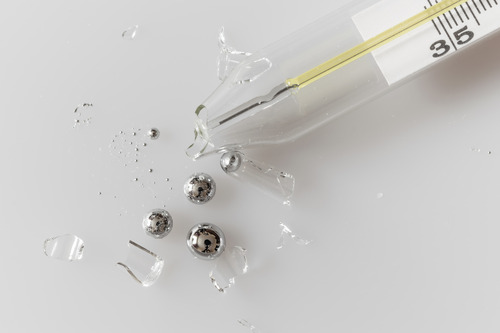
In the 1800s, parents gave their babies teething powders to ease discomfort. What they didn’t know was that these powders often contained calomel, a compound of mercury. At the time, mercury was believed to have cleansing properties, so it seemed harmless enough. Unfortunately, prolonged use led to mercury poisoning, causing symptoms like drooling, irritability, and even tooth loss in children.
Doctors later coined the term “pink disease” for mercury poisoning in kids, and it was devastating. Many infants suffered long-term health issues because of what was marketed as a soothing remedy. Today, it’s shocking to think that a substance as toxic as mercury was once casually sprinkled into baby medicine.
2. Radium Water
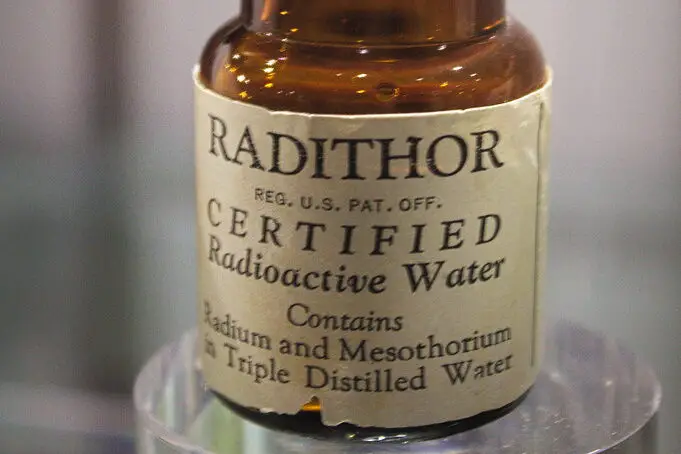
In the early 1900s, radium was all the rage, thought to boost vitality and even cure arthritis. People actually drank “radium water” tonics believing it would restore their youth. The glowing liquid was marketed as life-giving energy in a bottle. For a while, it was sold in fancy flasks to high society types who wanted the latest health trend.
The reality was horrifying—constant ingestion of radioactive water destroyed bones, caused anemia, and led to early deaths. One famous victim, Eben Byers, lost most of his jaw to the so-called cure. By the time the dangers were clear, countless people had already paid the price for chasing energy and health through a glowing poison.
3. Lead-Lined Glassware for Drinking
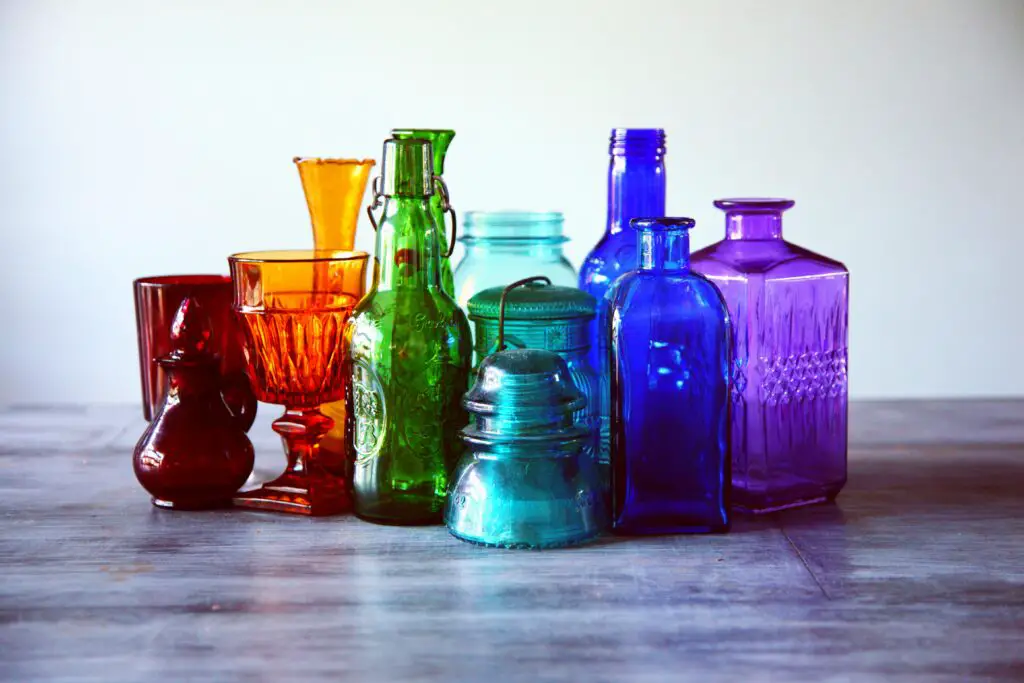
Families once believed lead-glazed mugs and pitchers kept drinks fresher and tastier. People used them daily without realizing they were ingesting small amounts of lead every time. This slow exposure built up in the body, leading to headaches, stomach pain, and memory issues. Children in particular were vulnerable, and developmental delays became tragically common.
What’s worse is that lead poisoning was so widespread, it was often misdiagnosed as other illnesses. Generations of people were unknowingly harming themselves while sipping water, milk, or beer from these containers. It wasn’t until much later that scientists connected the dots, and safer materials eventually replaced them in kitchens.
4. Turpentine for Colds

Turpentine, yes the paint thinner, was once touted as a cold and congestion cure. Folks were told to rub it on their chest, inhale it, or even swallow small amounts mixed with sugar. It was a common “country cure” passed down through families, especially in rural areas.
While some people felt temporary relief, the risks far outweighed the benefits. Turpentine is toxic, and ingesting it can damage the lungs, kidneys, and nervous system. Many children ended up with serious poisoning after parents tried to help them breathe easier. Looking back, it’s scary how common it was to dose kids with something now kept locked away under the sink.
5. Bloodletting at Home
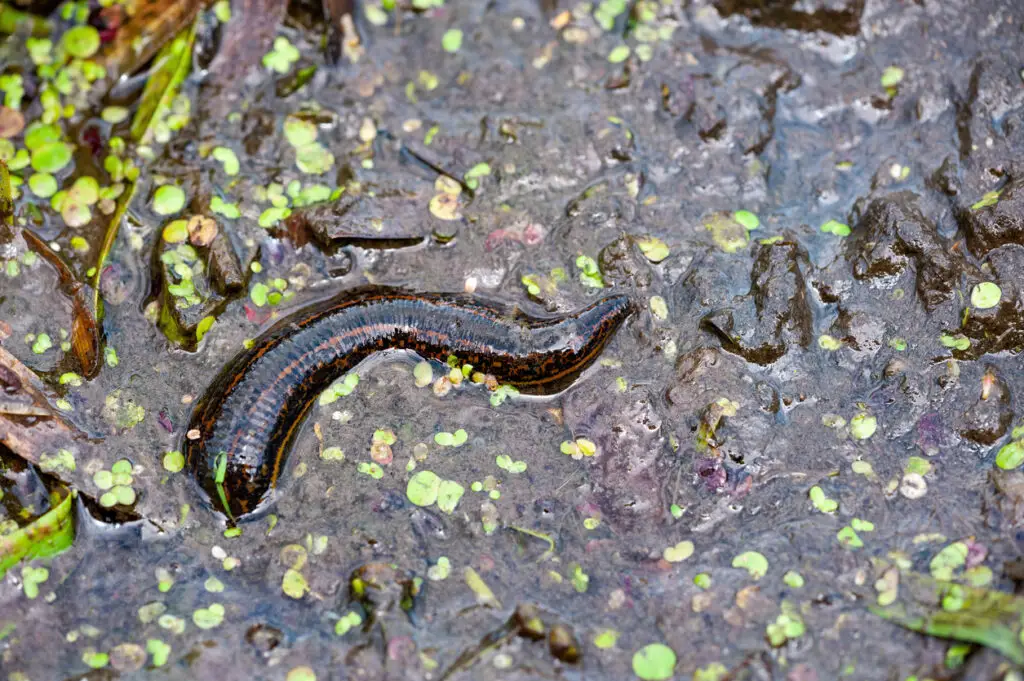
Before modern medicine, it was normal for families to keep leeches or special knives to “bleed out” sickness. The thinking was that illness came from “bad blood,” so letting some of it out would restore balance. People would bleed themselves for everything from fevers to headaches, often at the advice of well-meaning relatives.
Instead of getting better, patients often became dangerously weak. Many infections worsened after so much blood loss, leaving people more vulnerable than before. What was thought to be a cleansing act actually robbed the body of the strength it needed to fight illness. It’s a wonder so many households clung to it for so long before medicine finally advanced.
6. Whiskey for Babies

It was once incredibly common to give babies and toddlers whiskey to calm fussiness or help them sleep. Parents were encouraged to mix it into milk or rub it on gums for teething pain. While it usually did knock the little ones out, the long-term risks were severe. Children given alcohol were more likely to suffer developmental issues and even alcohol poisoning.
Stories of “hot toddies” for colds or whiskey for teething were passed down like family secrets. But the line between soothing and harming was razor-thin, and many infants got dangerously sick. Today, the idea of giving a baby alcohol is unthinkable, but in its time it was considered normal home care.
7. Kerosene for Lice
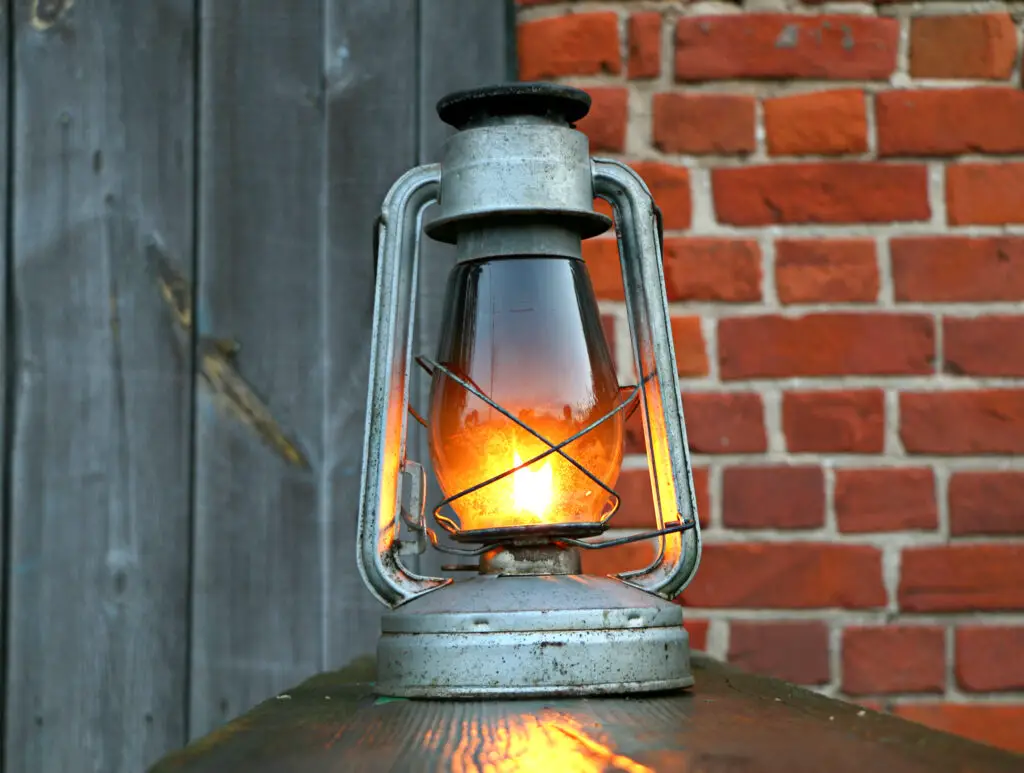
When head lice invaded, some families turned to kerosene as a cheap remedy. Parents rubbed the flammable liquid directly onto children’s scalps to kill the bugs. It often worked at first, but the fumes and skin absorption caused far more harm than good.
Kids developed burns, respiratory issues, and in some cases, poisoning from the harsh chemical. Accidents with flames near kerosene-soaked hair also led to tragic fires. What seemed like a quick fix left lasting damage, and it’s chilling to realize this was once an accepted household solution.
8. Arsenic Complexion Creams
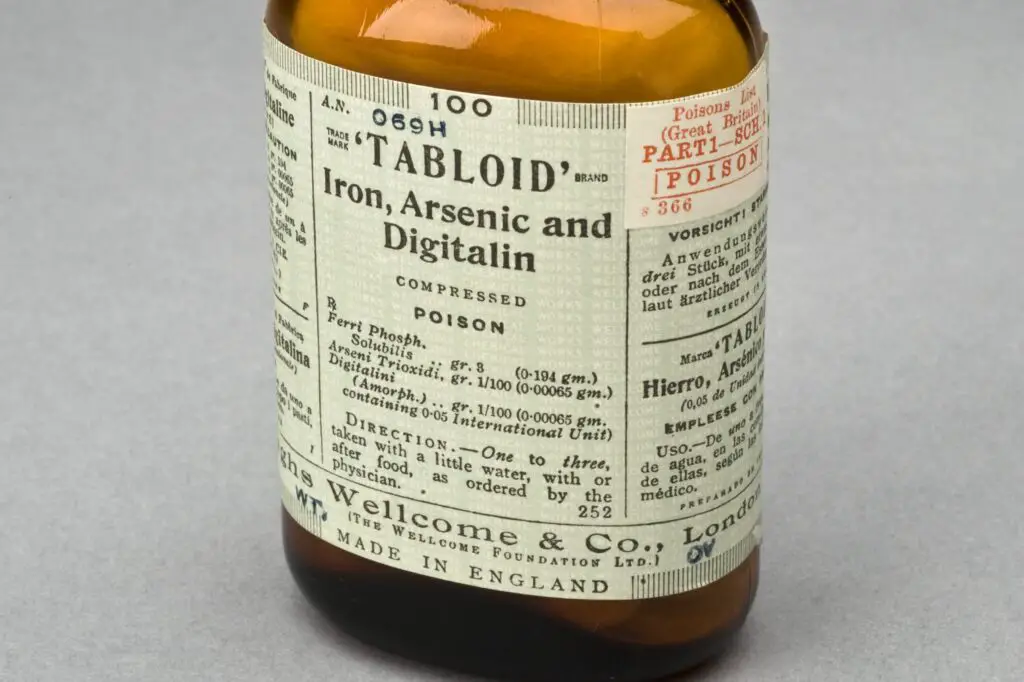
In the Victorian era, pale skin was fashionable, and arsenic-based creams promised a porcelain complexion. Women applied them daily, unaware the “beauty” ingredient was slowly poisoning them. At first, the skin might look smoother, but soon came sores, stomach pain, and hair loss.
Many women believed in the cream so strongly they ignored the warning signs. Instead of making them more beautiful, the arsenic destroyed their health. What was marketed as elegance in a jar was really a slow-acting poison in disguise.
9. Castor Oil for Everything
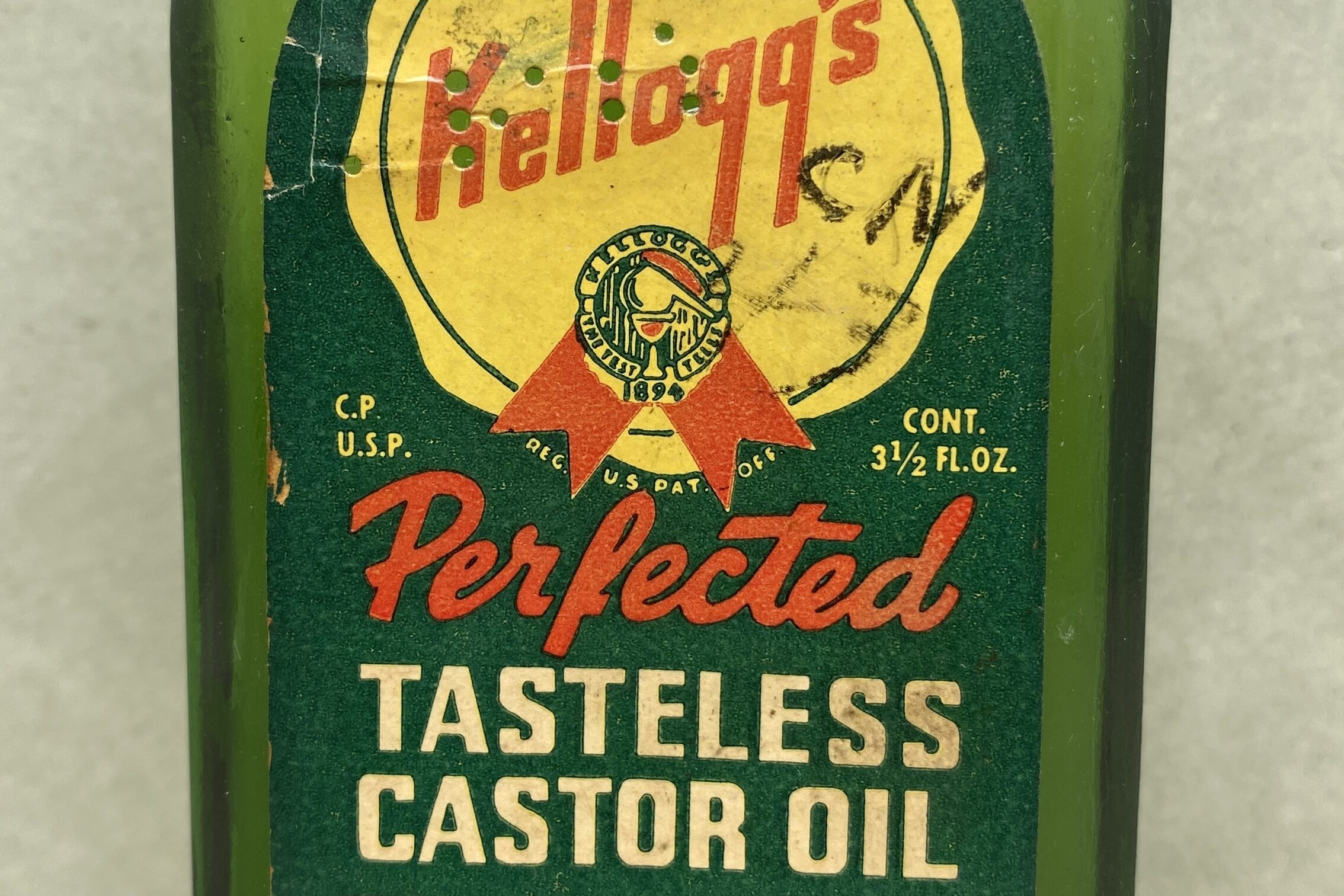
Castor oil was the catch-all remedy, given to kids for colds, constipation, and even as punishment. Mothers swore by it, convinced that “a good purge” would clean out anything making a child sick. The strong laxative effect was immediate, but it left kids dehydrated, weak, and miserable.
For some, the violent stomach cramping led to fainting or long-term digestive problems. While it might have seemed to “reset” the body, it often made illnesses worse by stripping away strength. Generations of children dreaded the spoonful of oil, and with good reason.
10. Sulfur Fumigation
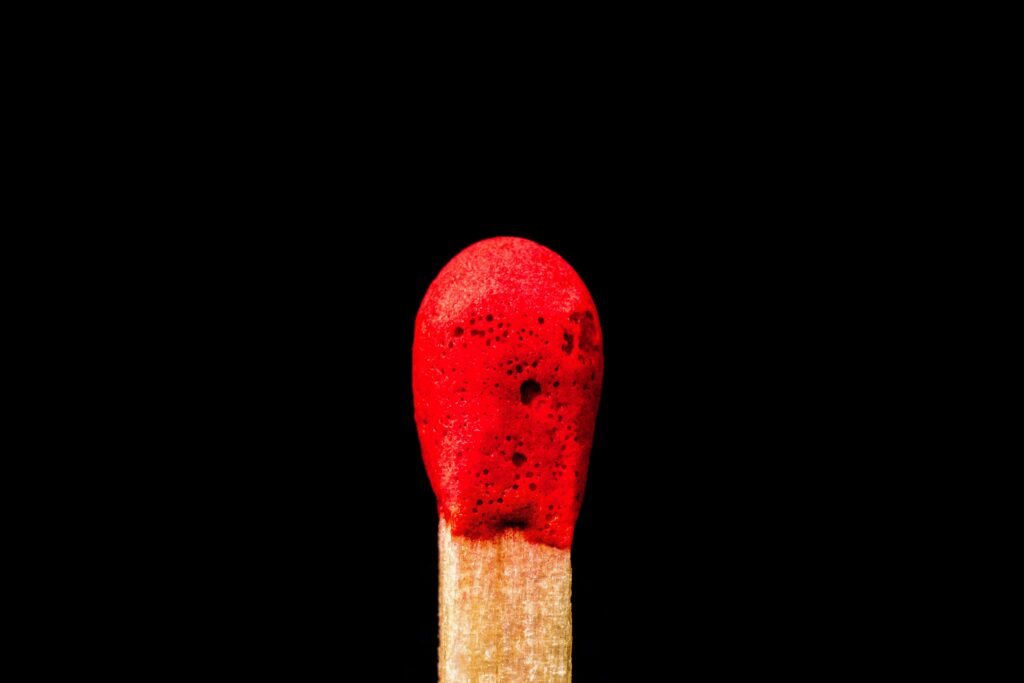
Families once burned sulfur in closed rooms to disinfect against illness. The belief was that the choking fumes would kill germs in the air. While it might have killed some bacteria, it also poisoned the people breathing it in.
The gas irritated lungs and eyes, and in severe cases led to lasting breathing problems. Instead of keeping families safe, it often made them sicker than the illnesses they feared. It’s a chilling reminder of how little was understood about “cleansing” air before modern sanitation.
11. Baking Soda for Ulcers
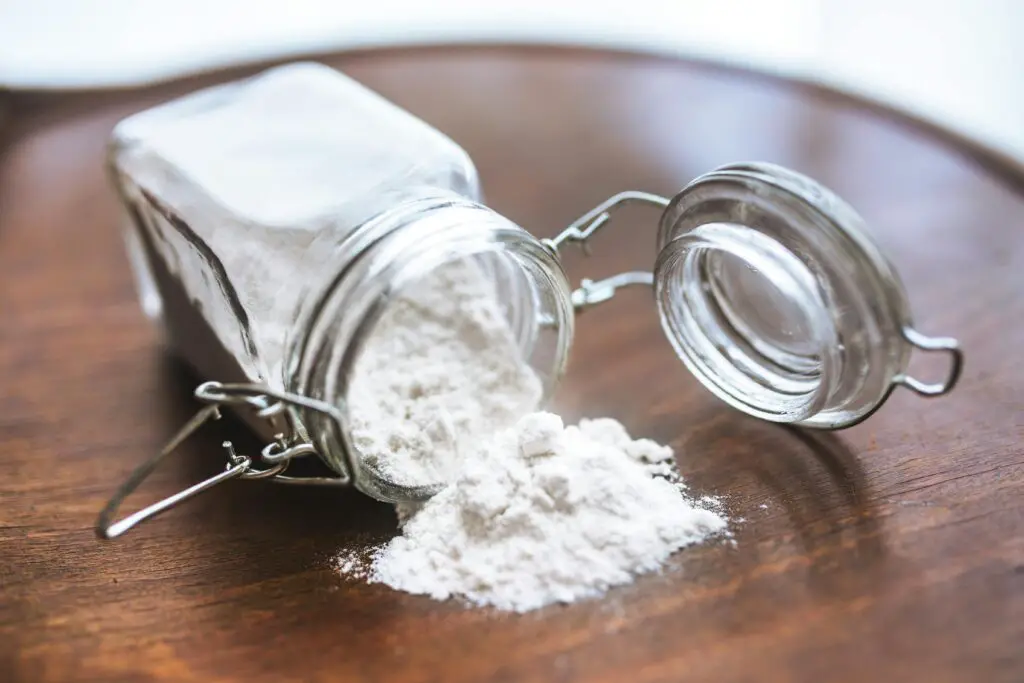
Before antacids, many people swallowed spoonfuls of baking soda to calm stomach ulcers or indigestion. At first, the fizzing relief felt like magic. But in larger doses, it upset the body’s balance and sometimes caused dangerous swelling in the stomach or metabolic problems.
Cases of ruptured stomachs and severe electrolyte imbalances were later linked to the practice. What seemed like a harmless kitchen cure ended up creating emergencies for unlucky patients. It was a classic case of too much of a good thing turning toxic.
12. Vinegar Soaks for Poisonous Bites
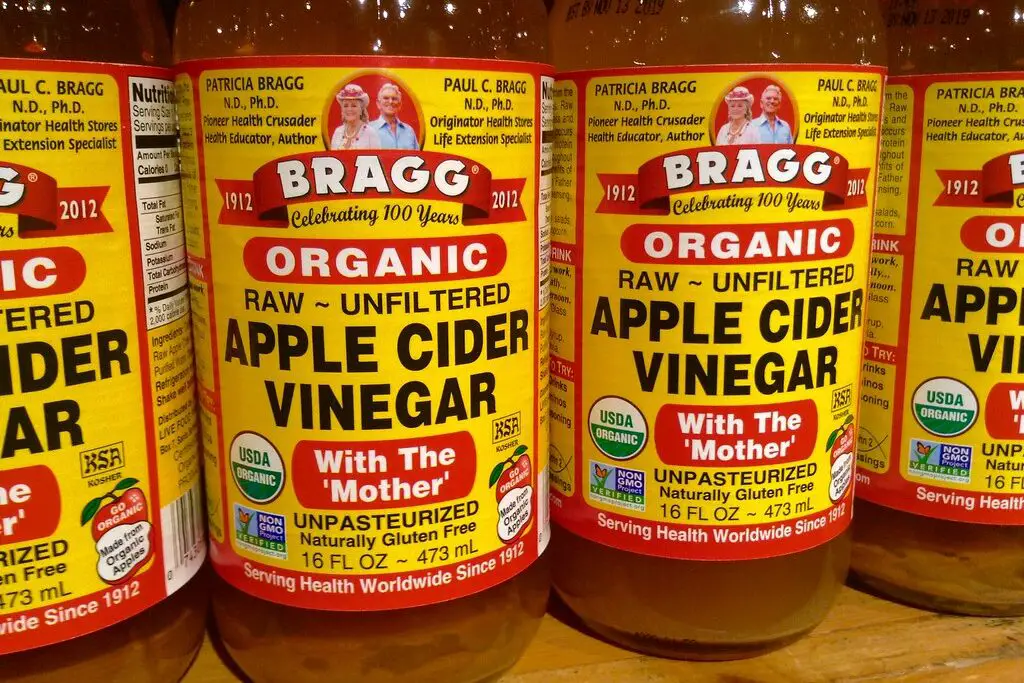
A common belief was that soaking in vinegar could draw out poison from bites and stings. People used it for everything from snake bites to spider bites, trusting the sting of vinegar to neutralize venom. Unfortunately, the method didn’t actually remove toxins, and it sometimes made wounds worse.
Victims who should have sought urgent care delayed treatment because of this ritual. Many grew sicker, with infections spreading while vinegar burned the skin. Instead of being life-saving, the soak often became a dangerous detour from real medical help.
